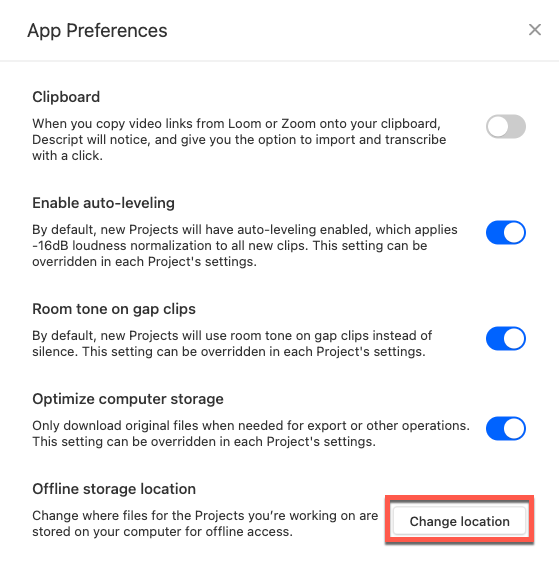
- HOW TO CHANGE WHERE FILES ARE STORED HOW TO
- HOW TO CHANGE WHERE FILES ARE STORED INSTALL
- HOW TO CHANGE WHERE FILES ARE STORED UPGRADE
Select the new location for Steam when it says it cannot find local files.Ĭopying your Steam folder will take a while, which is why it makes sense to remove any games you don’t need. Select “Local Files” and “Verify Integrity of Local Files.”. Right click the game and select “Properties.”. Start Steam, let it load, and select a game. Copy your Steam folder to the new drive. In the existing games location, remove any games you no longer need installed to make the entire process faster. Mac uses the Apple File System (APFS) and Windows uses the New Technology File System (NTFS). For a replacement drive or upgraded drive, have your operating system recognize the new device and format it. This first way is the inexact way, but it works. There is a clunky way to move your games and a sensible one. Here are some ways to change game download locations in Steam. If Steam already exists and you already have games there, you can move them if you want. HOW TO CHANGE WHERE FILES ARE STORED UPGRADE
Many Steam users find that they run out of space on the currently used partition of existing storage or need to replace the drive due to failure or upgrade it to get more space.
HOW TO CHANGE WHERE FILES ARE STORED HOW TO
How to Move Game Downloads of Existing Steam Games
HOW TO CHANGE WHERE FILES ARE STORED INSTALL
Now, whenever you add a new game, Steam will prompt you for the location to download and install it. You can also add a new folder by clicking on the folder where you want a new one to reside and select “NEW FOLDER.”
 Browse for a new folder and click on “SELECT” to add it. In the “STORAGE MANAGER” window that appears, add a new folder to download/install your games. Under the “Content Libraries” section, click on “STEAM LIBRARY FOLDERS.”. Select “Downloads” from the navigational menu on the left. Launch Steam, then click on “Steam -> Preferences” at the top. You can also create different game folders within Steam and have them in other locations to suit your needs. Steam creates a game storage folder by default but does let you choose where it makes it. It’s not unusual for a game to take up 60-120GB of storage, and with downloadable content (DLC), add-ons, mods, and save files, storage is very much at a premium. Downloaded games are massively huge, but all files easily fit on hard drives (HDDs) and solid-state drives (SSDs) in one central location-with minor exceptions, of course. The games require updates that get stored on a drive. Changing Game Locations in Steamįor games that come on a disc, their size limit gets based on storage capacity.
Browse for a new folder and click on “SELECT” to add it. In the “STORAGE MANAGER” window that appears, add a new folder to download/install your games. Under the “Content Libraries” section, click on “STEAM LIBRARY FOLDERS.”. Select “Downloads” from the navigational menu on the left. Launch Steam, then click on “Steam -> Preferences” at the top. You can also create different game folders within Steam and have them in other locations to suit your needs. Steam creates a game storage folder by default but does let you choose where it makes it. It’s not unusual for a game to take up 60-120GB of storage, and with downloadable content (DLC), add-ons, mods, and save files, storage is very much at a premium. Downloaded games are massively huge, but all files easily fit on hard drives (HDDs) and solid-state drives (SSDs) in one central location-with minor exceptions, of course. The games require updates that get stored on a drive. Changing Game Locations in Steamįor games that come on a disc, their size limit gets based on storage capacity. 
While Steam does an excellent job of managing your library, you can control where games get installed and even move them if you upgrade your storage or want different locations.






 0 kommentar(er)
0 kommentar(er)
